Unraveling the Historical Tapestry Behind the Drama
For Japanese viewers, the historical backdrop of “SHOGUN” — the Sengoku, Azuchi-Momoyama, and Edo periods — is familiar territory, learned in history classes.
However, international audiences may not possess this foundational knowledge, potentially missing out on the rich historical context that enhances the drama.
This article aims to bridge that gap, providing a detailed exploration of the historical periods and figures that inspired “SHOGUN,” ensuring a more enriching viewing experience.
Table of Contents
The Sengoku Period (Warring States Period): An Era of Chaos and Upheaval (c. 1467–1615)
The Sengoku period, also known as the Warring States period, was a brutal and transformative era in Japanese history marked by nearly constant civil war, social upheaval, and political intrigue.
Spanning from the latter half of the Muromachi period to the early Edo period, it was a time when the authority of the Ashikaga shogunate collapsed, and powerful regional lords, known as daimyo, vied for supremacy.
- Decentralized Power and Rise of Daimyo:
The Ashikaga shogunate’s weakening grip led to a power vacuum. Daimyo, who controlled provinces throughout Japan, seized this opportunity to expand their territories and influence.
Japan fractured into numerous independent domains, each ruled by a daimyo who acted as a virtual sovereign. - Constant Warfare and Social Change:
The pursuit of power by daimyo resulted in relentless warfare.
Battles, sieges, and betrayals were commonplace.
This constant conflict spurred significant social and military changes. Samurai warriors rose in prominence, and new military technologies and strategies emerged, including the widespread use of firearms introduced by Portuguese traders. - Social Hierarchy and Life in the Sengoku Period:
Society was rigidly stratified.
At the top were daimyo and samurai, followed by farmers, artisans, and merchants.
Life for common people was harsh, often disrupted by war and famine. However, the period also fostered a vibrant cultural dynamism, with the rise of new art forms and philosophical thought amidst the chaos.
“SHOGUN” is set during the very end of the Sengoku period, capturing the intense power struggles and shifting alliances that characterized this tumultuous time.
The Azuchi-Momoyama Period: Towards Unification (c. 1573–1603)
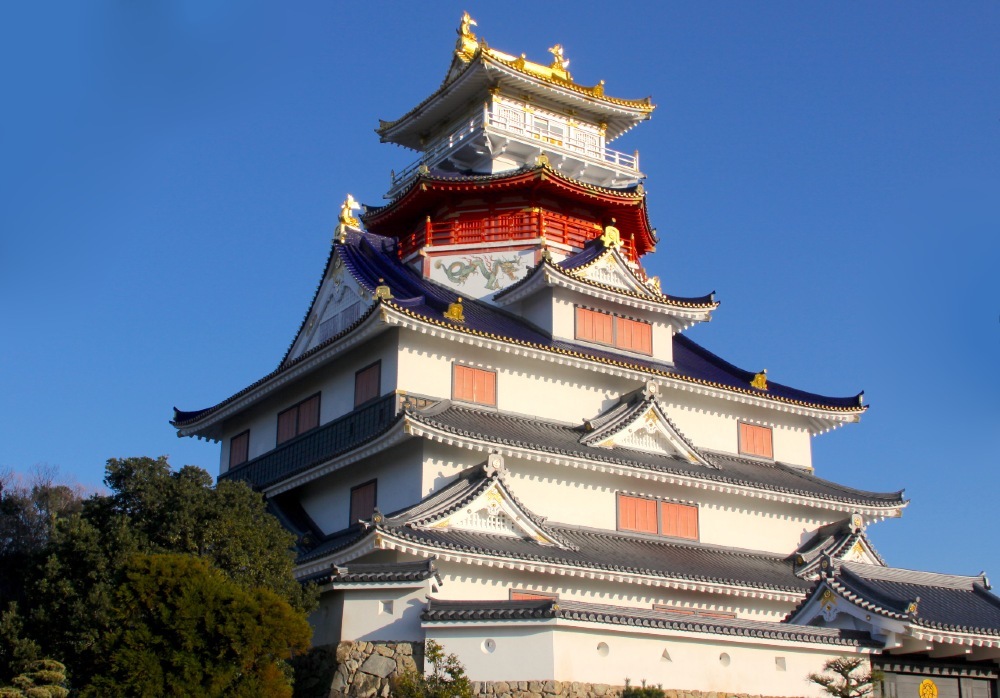
Source: Japan Castle Association
Though brief, the Azuchi-Momoyama period was a crucial interlude between the long Sengoku era and the peaceful Edo period.
Named after Oda Nobunaga’s Azuchi Castle and Toyotomi Hideyoshi’s Momoyama Castle, this period witnessed the initial steps towards the unification of Japan under powerful leaders.
- Oda Nobunaga’s Rise and Ambition:
Oda Nobunaga emerged as a dominant daimyo, employing innovative military tactics and ruthlessly eliminating rivals.
He significantly weakened the power of Buddhist monasteries and made substantial strides towards unifying Japan before his assassination in 1582. - Toyotomi Hideyoshi Completes Unification:
Nobunaga’s successor, Toyotomi Hideyoshi, a man of humble origins, continued Nobunaga’s unification efforts.
Through military might and strategic alliances, Hideyoshi brought most of Japan under his control.
He implemented significant administrative reforms, including land surveys and class freezes, laying the groundwork for a more centralized state. - Transition to the Edo Period:
While Hideyoshi unified Japan, his death in 1598 led to a power struggle among his potential successors.
This set the stage for the final major conflict of the Sengoku period — the Battle of Sekigahara — which ultimately ushered in the Edo period under Tokugawa Ieyasu.
The Azuchi-Momoyama period, though short, is vital for understanding the progression from the fractured Sengoku era towards the unified Japan of the Edo period depicted in “SHOGUN”’s historical context.
The Edo Period (Tokugawa Period): An Era of Peace and Order (1603–1868)

Source: Kinki Japan Tourist
The Edo period, also known as the Tokugawa period, marked a significant shift in Japanese history.
Following Tokugawa Ieyasu’s victory at the Battle of Sekigahara in 1600 and his establishment of the Tokugawa Shogunate in Edo (modern-day Tokyo) in 1603, Japan entered a long period of peace, stability, and isolation.
- Establishment of the Tokugawa Shogunate
Ieyasu consolidated power and established a centralized feudal system under the Tokugawa Shogunate.
This shogunate ruled Japan for over 250 years, bringing an end to centuries of warfare. - Strict Social Hierarchy and Isolationism
The Edo period was characterized by a rigid social hierarchy with samurai at the top, followed by farmers, artisans, and merchants. The shogunate implemented strict policies, including sakoku (national isolation), limiting foreign contact to primarily trade with China and the Dutch at Nagasaki, to maintain stability and prevent external influence. - Peace and Cultural Flourishing
The long peace fostered economic growth and a flourishing of Japanese arts and culture.
Urban centers like Edo prospered, and new forms of art, literature, and theater emerged.
However, it was also a period of strict social control and limited social mobility.
While “SHOGUN” is set at the cusp of the Edo period, before its full establishment, the drama foreshadows the coming era of Tokugawa rule. Toranaga, the character modeled after Tokugawa Ieyasu, embodies the ambition and strategic acumen that would ultimately lead to the Edo period’s peace.
Historical Figures Behind the Characters in “SHOGUN”
“SHOGUN” is a work of fiction, but it draws heavily from real historical figures and events of the late Sengoku period.
Understanding these historical inspirations can add another layer of appreciation to the drama.
Lord Toranaga — Tokugawa Ieyasu
Lord Toranaga is clearly modeled after Tokugawa Ieyasu, the founder of the Tokugawa Shogunate.
Ieyasu was a shrewd and patient daimyo who rose to power through strategic alliances and military victories.
Like Toranaga, Ieyasu faced numerous rivals and political challenges in his quest to unify Japan.
Both are depicted as wise leaders, masters of strategy, and deeply committed to securing a lasting peace, albeit through different means in fiction and history.
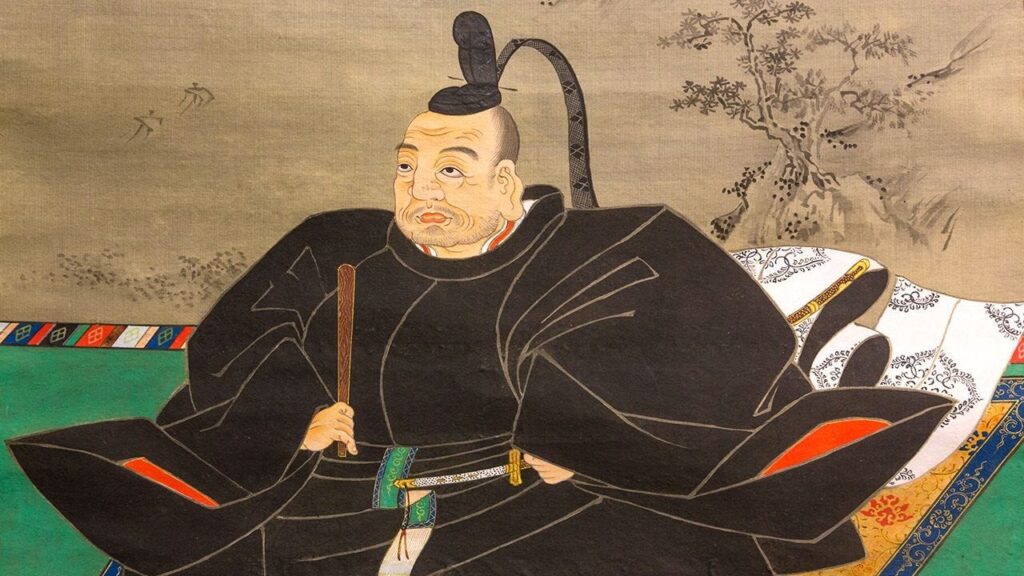
Ishido Kazunari — Ishida Mitsunari
Ishido Kazunari bears a strong resemblance to Ishida Mitsunari , a powerful administrator who served Toyotomi Hideyoshi.
After Hideyoshi’s death, Mitsunari became a leading figure opposing Tokugawa Ieyasu.
In “SHOGUN,” Ishido is portrayed as Toranaga’s primary political rival, driven by ambition and a sense of righteousness.
Historically, Mitsunari was seen as a capable and loyal administrator but also rigid and less politically astute than Ieyasu, ultimately leading to his defeat at Sekigahara.
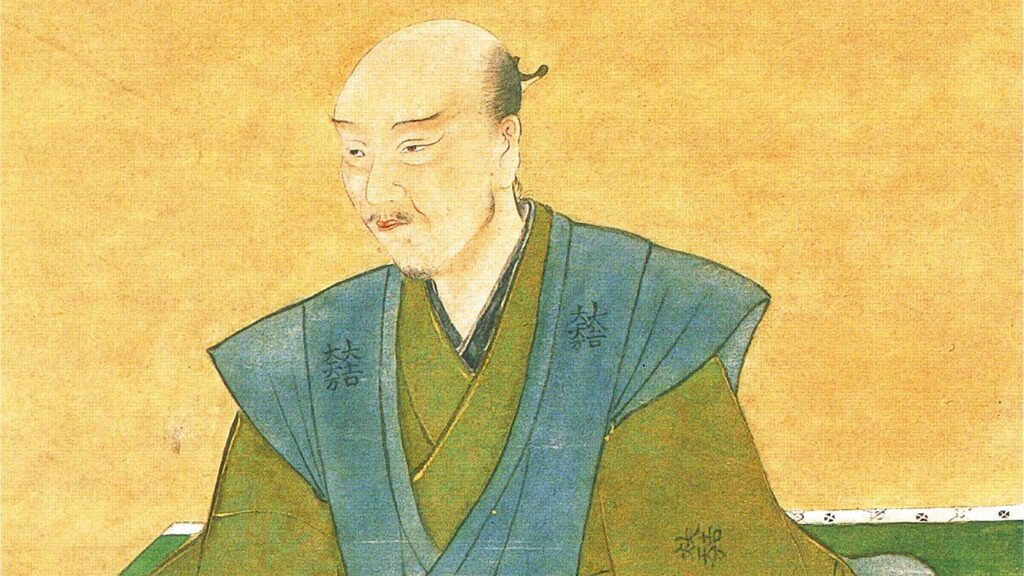
While “SHOGUN” takes liberties with historical details for dramatic purposes, these historical figures provide a fascinating lens through which to view the characters and conflicts within the drama.
Enjoying “SHOGUN” with a Deeper Historical Understanding
Understanding the Sengoku, Azuchi-Momoyama, and Edo periods, and recognizing the historical figures behind the characters, allows international viewers to appreciate “SHOGUN” on a deeper level.
While the drama is a fictionalized account, grounded in historical events and inspirations, it offers a captivating glimpse into a pivotal era in Japanese history.
By exploring this historical context, viewers can gain a richer understanding of the characters’ motivations, the political complexities, and the cultural nuances depicted in “SHOGUN,” ultimately enhancing their enjoyment of this epic drama.
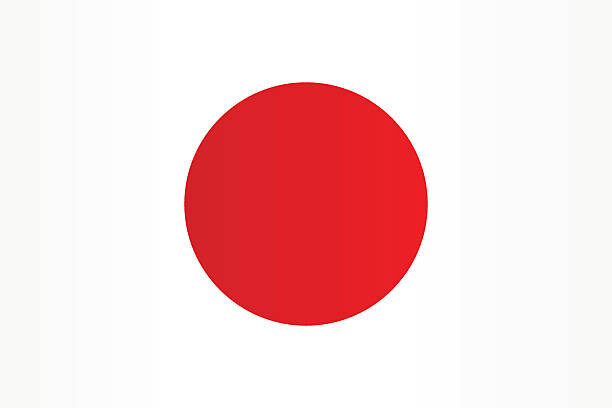
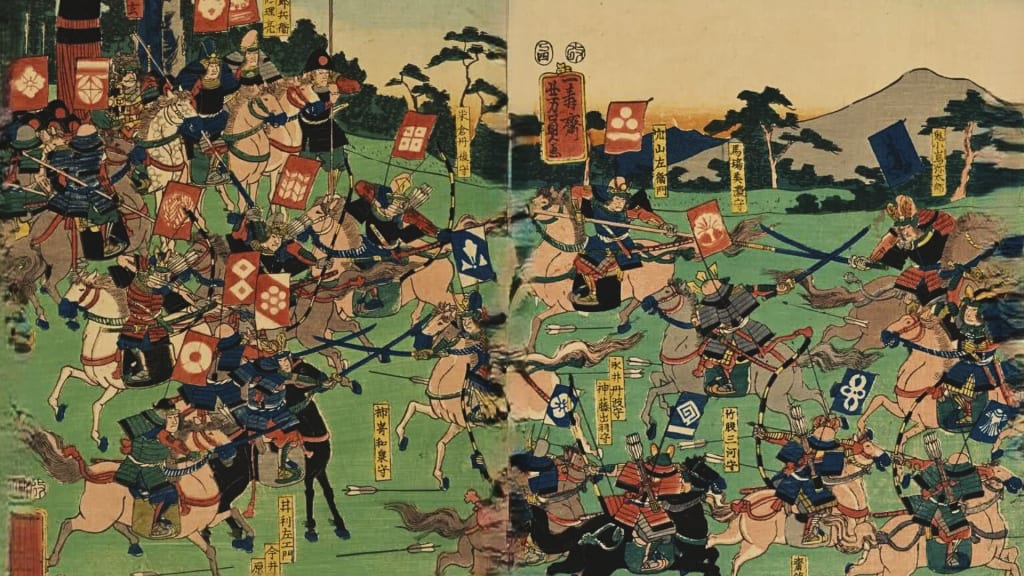
Leave a Reply